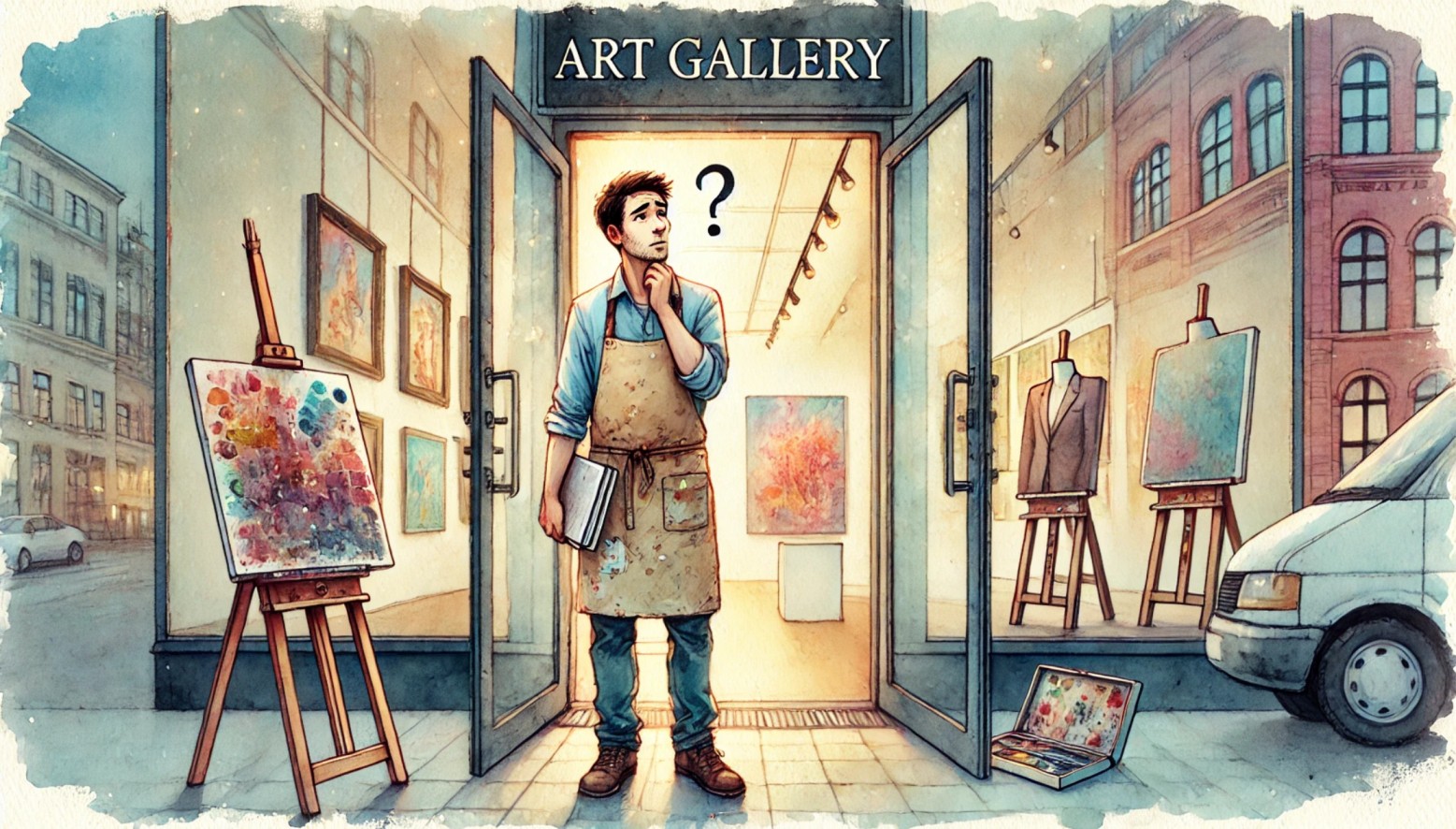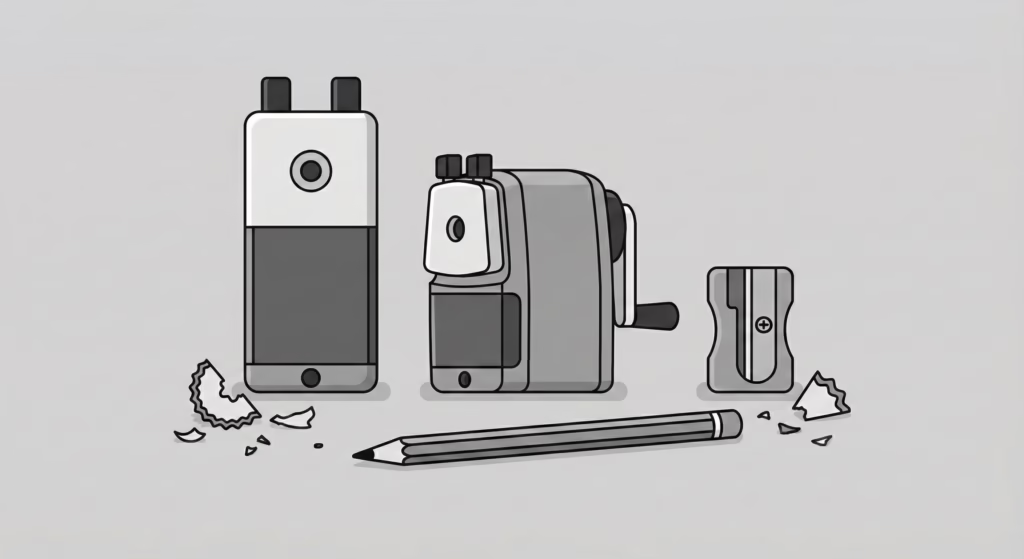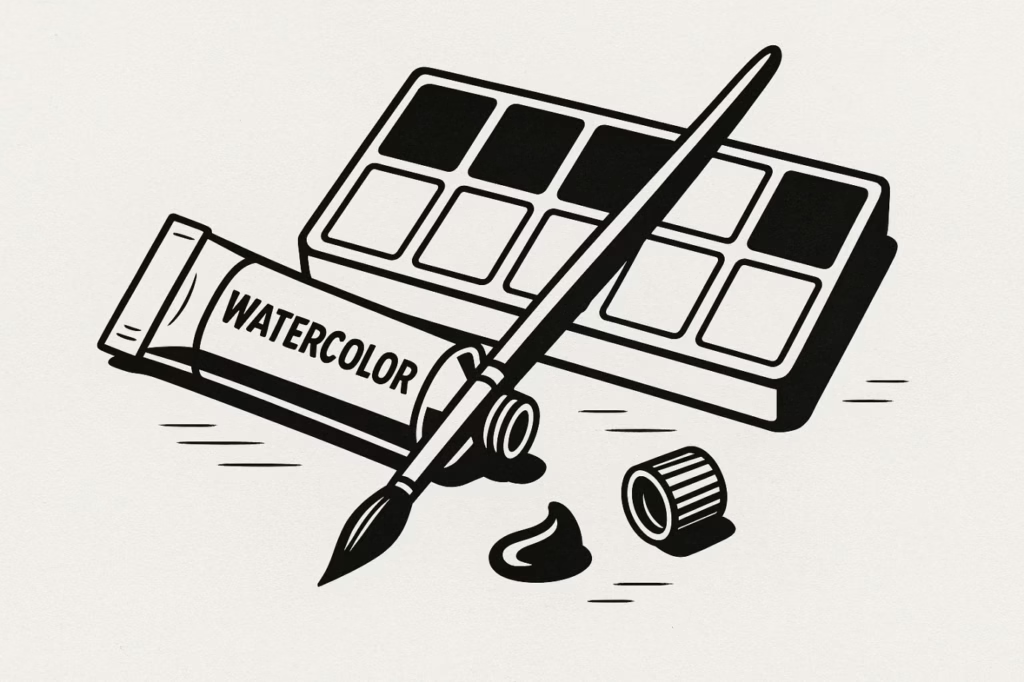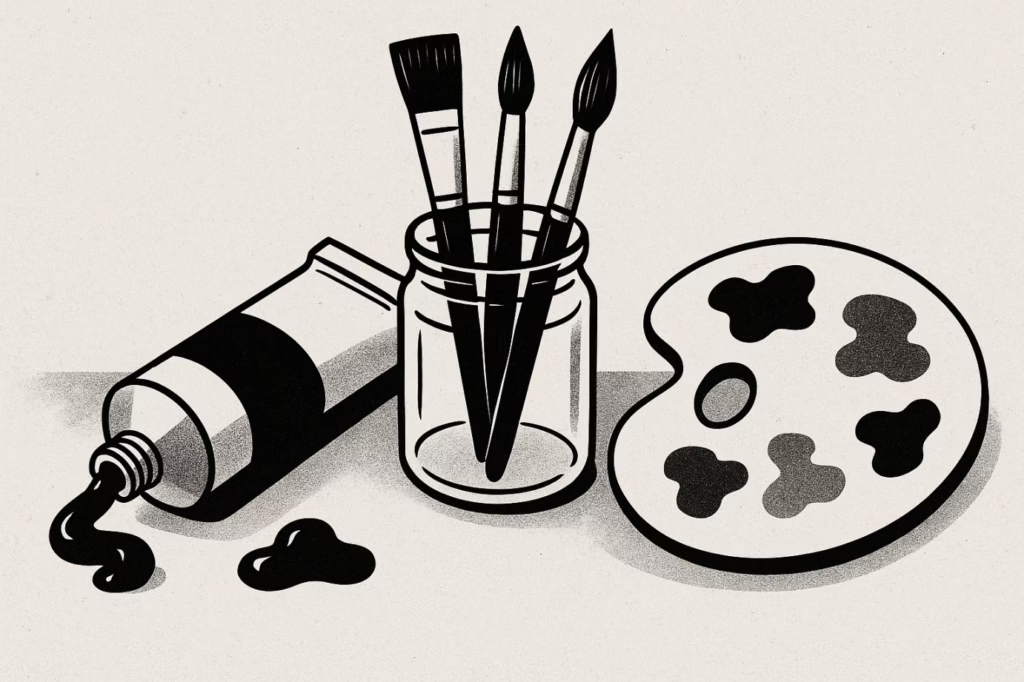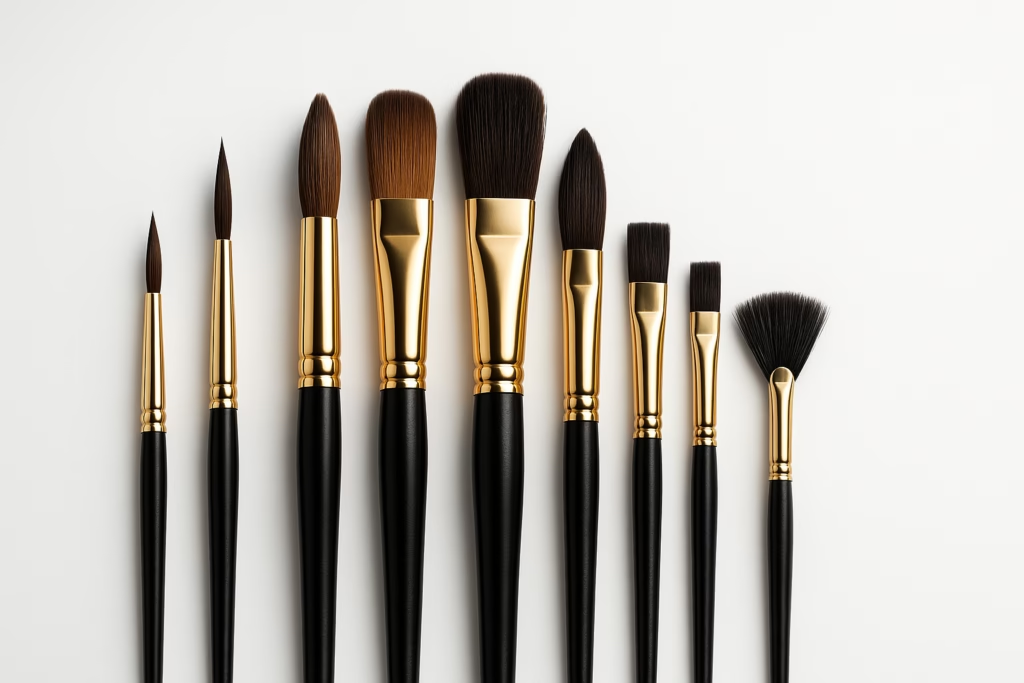The Problems Artists’ Face When Approaching Art Galleries
For many artists, approaching art galleries can feel like navigating an invisible obstacle course. You pour your heart into creating beautiful work, but when it comes time to approach a gallery, confusion sets in. What exactly is going wrong? You may wonder, “Is my art not good enough?” or “Why am I not getting any responses?”
The truth is, many artists feel lost when it comes to the gallery world. It’s not just about talent—there are so many other factors that come into play. From how you present yourself to understanding what curators actually want, the whole process can feel like a mystery.

You may also feel disheartened by the lack of feedback from galleries. You submit your work, hear nothing, and are left questioning what went wrong. Is it the style? The presentation? Or are you simply not what galleries are looking for?
Don’t Worry, I’ve Got You Covered
Here’s the good news: I’m here to help you clear up all this confusion. With over 10+ years of experience working with art galleries and curators, I’ve seen firsthand what works and what doesn’t. I understand the frustrations you face, and I know exactly what curators are thinking behind those closed doors.
In this article, I’ll be giving you insider tips that curators often don’t share with artists. These are practical, actionable steps that will help you get your art into galleries and finally get the recognition you deserve.
The Transparency Problem with Galleries and Curators
Let’s address the elephant in the room: the art world can be secretive. There’s often a lack of clear transparency about what galleries and curators are really looking for. Artists are left guessing while curators maintain a wall of silence.
Many galleries don’t offer feedback or guidance, leaving you wondering why your submission was rejected. Curators can be selective, and their decision-making process is rarely shared. This makes it difficult for artists to improve and learn from the experience.
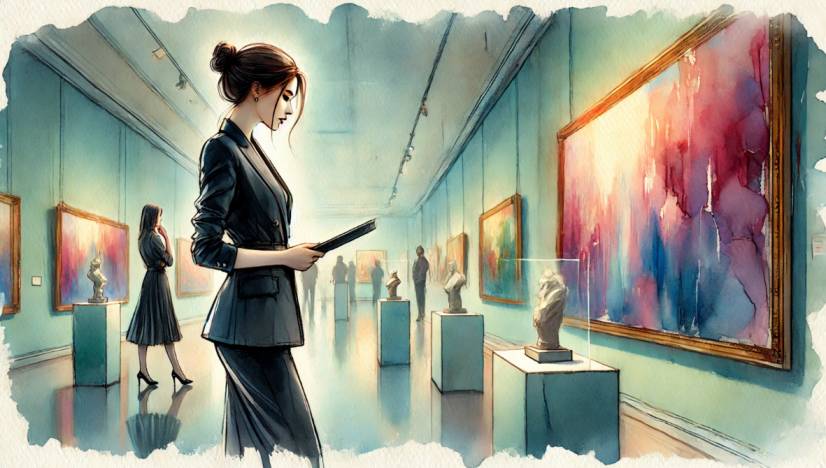
What we need is more transparency. Artists deserve to understand what curators are truly looking for, how to stand out, and how to avoid common mistakes. In the next section, I’ll give you 11 key tips that will shed light on the hidden side of gallery submissions and help you position yourself for success.
11 Tips for What Curators Won’t Tell You About Getting Into Galleries
If you’re an artist trying to break into the gallery scene, it can feel like a maze of hidden rules and unspoken expectations. Curators rarely give detailed feedback, leaving artists guessing about what went wrong. Don’t worry—I’ve compiled 11 tips that can help you understand what curators are really looking for and how to improve your chances of getting your work exhibited. Let’s dive in:
1. Research the Right Galleries for Your Style
Not every gallery is going to be the right fit for your art. One of the biggest mistakes artists make is sending their work to galleries without knowing what kind of art they usually display. If you’re an abstract artist, submitting to a gallery that primarily showcases realism won’t get you very far.

Friendly Advice: Think of galleries as being like specialized stores. You wouldn’t try to sell jewelry at a furniture store, right? The same goes for art—make sure the gallery’s previous exhibitions align with your style. A little research goes a long way.
How to Fix It: Spend time visiting galleries (either in person or online) and study their artist roster. Reach out only to those galleries that match your artistic voice. You’ll have a much better chance of getting a positive response if your art fits what they’re already showcasing.
2. Consistency is Key
Curators want to see a consistent body of work. Jumping from one style to another in your portfolio can make it seem like you haven’t settled on your artistic identity yet. While experimentation is great, when it comes to submitting your work, you want your portfolio to feel cohesive.
Friendly Advice: Think of your portfolio as a story—you want all the pieces to fit together. If your work looks like it’s from five different artists, curators may question your direction.
How to Fix It: Pick a theme or style that reflects your best work and stick with it. You can still experiment in your studio, but your public-facing work should present a clear, cohesive vision. Curators want to feel like they’re looking at an artist who knows who they are.
3. Presentation Matters More Than You Think
No matter how brilliant your art is, if it’s poorly presented, it’s not going to get the attention it deserves. Sloppy photos, bad lighting, or an unprofessional presentation can make curators pass over your submission, even if your work itself is excellent.

Friendly Advice: Think of presentation as your first impression. Even if your art is great, if the photo is grainy or the frame is crooked, it’s like showing up to a job interview in wrinkled clothes.
How to Fix It: Invest in high-quality photos of your work. Make sure your pieces are framed and well-lit when displayed. If you’re submitting online, ensure the images you send are sharp and show off your work at its best. This shows that you take your art seriously.
4. It’s Not Just About Your Art—It’s About You
Galleries aren’t just looking for great art; they’re looking for artists they can work with. Curators want to know that you’re reliable, easy to communicate with, and professional in your dealings. Your reputation as an artist isn’t just about your creations—it’s also about how you conduct yourself.
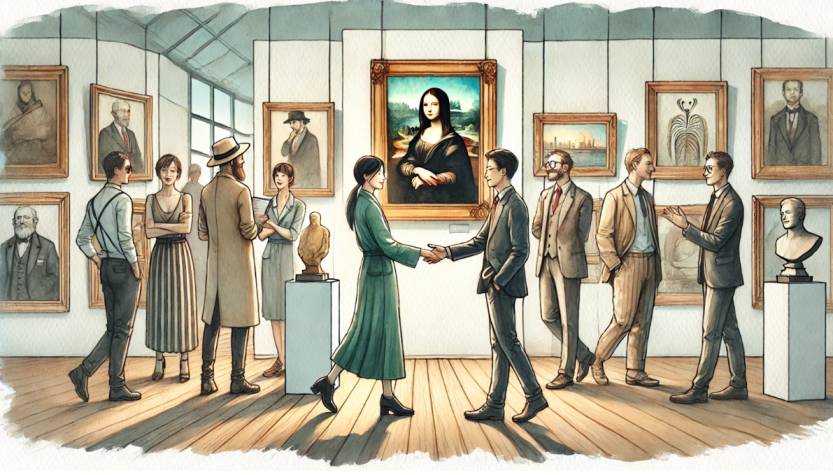
Friendly Advice: Curators aren’t just investing in your art; they’re investing in you. If you’re easy to work with and show professionalism, that goes a long way.
How to Fix It: Always be prompt and polite in your communications with galleries. Show respect for their time and be easy to work with. A good reputation in the art community can open more doors than you think.
5. Build Relationships Before You Submit
Cold submissions, where you just send your portfolio to a gallery without any prior connection, often get ignored. Curators receive so many submissions that it’s easy for yours to get lost in the pile unless they recognize your name or face.
Friendly Advice: Don’t just think of galleries as places to submit your work—think of them as communities. Getting to know curators and gallery owners before you submit can make all the difference.
How to Fix It: Attend gallery openings and network with curators. Introduce yourself and be genuinely interested in their work. Building a relationship before you submit your art increases the likelihood that your submission will be taken seriously.
6. Be Prepared for Rejection
Rejection is part of the process, and it doesn’t always mean your art isn’t good enough. Sometimes, your work just doesn’t fit the gallery’s current needs or vision. It’s easy to take rejection personally, but understanding that it’s part of the journey helps you keep moving forward.

Friendly Advice: Every artist faces rejection at some point. Even the greats like Van Gogh were rejected in their time. The key is to not let it stop you.
How to Fix It: Treat every rejection as an opportunity to learn and refine your approach. Don’t be afraid to ask for feedback (although you may not always get it). Keep submitting and improving—you’ll eventually find the right fit.
7. Your Online Presence Matters
In today’s digital world, curators are likely to check out your website and social media profiles before making a decision. If your online portfolio is messy, outdated, or hard to navigate, it could hurt your chances, even if your submission is strong.

Friendly Advice: Think of your online presence as your virtual gallery. It should look professional and showcase your best work in an organized way.
How to Fix It: Make sure your website is clean, easy to navigate, and up to date with your latest work. Similarly, keep your social media profiles professional and engaging. Curators want to see that you’re active and committed to your art.
8. Know How to Price Your Art
Pricing your art can be tricky. If it’s too high, you risk scaring off potential buyers; too low, and you might devalue your work. Plus, galleries usually take a commission, often around 40-60%, so you need to accordingly.

Friendly Advice: Don’t undervalue your work, but also be realistic about market prices. It’s better to sell your art at a reasonable price than to have it sit unsold because it’s overpriced.
How to Fix It: Research what similar artists are charging and set your prices in line with the market. Factor in the gallery’s commission so that you’re still getting a fair price for your work. Be transparent about your pricing when negotiating with galleries.
9. Curators Look for a Long-Term Relationship
Galleries aren’t just looking for a one-off exhibition; they want to work with artists who show long-term potential. Curators are more likely to invest time and effort into someone they see as a good fit for future projects.
Friendly Advice: Think of your relationship with a gallery as a partnership. It’s not just about one show—it’s about building a long-term connection.
How to Fix It: When talking to galleries, present a long-term vision for your work. Show them that you’re committed to growing as an artist and that you’re in it for the long haul. This can help build trust and set you up for future exhibitions.
10. Networking is More Important Than You Think
The art world thrives on connections. Building relationships with other artists, curators, and gallery owners can lead to opportunities that wouldn’t come your way otherwise. Many artists find their big breaks through networking rather than cold submissions.

Friendly Advice: Networking isn’t about schmoozing—it’s about being part of the art community. The more people you know, the more opportunities come your way.
How to Fix It: Attend as many art events as possible, get involved in group exhibitions, and engage with other artists both online and in person. Building a strong network can lead to collaborations, referrals, and new gallery opportunities.
11. Persistence Pays Off
Finally, persistence is the key to success. Getting your art into a gallery is rarely a smooth process. It often takes multiple submissions, rejections, and a lot of patience. The artists who succeed are the ones who don’t give up.
Friendly Advice: Remember, it’s a marathon, not a sprint. The more you keep pushing, the better your chances of breaking through.
How to Fix It: Stay motivated, keep improving your craft, and continue submitting your work to the right galleries. Persistence shows dedication, and curators respect that.
Your Path to Success
Approaching galleries doesn’t have to be a guessing game anymore. With these 11 tips, you’re now equipped with the insights curators don’t openly share. Remember, it’s not just about your art, it’s about how you present yourself, build relationships, and stay persistent.
If you keep these strategies in mind, you’ll be well on your way to getting your art into galleries and finally reaching your full potential as an artist.

